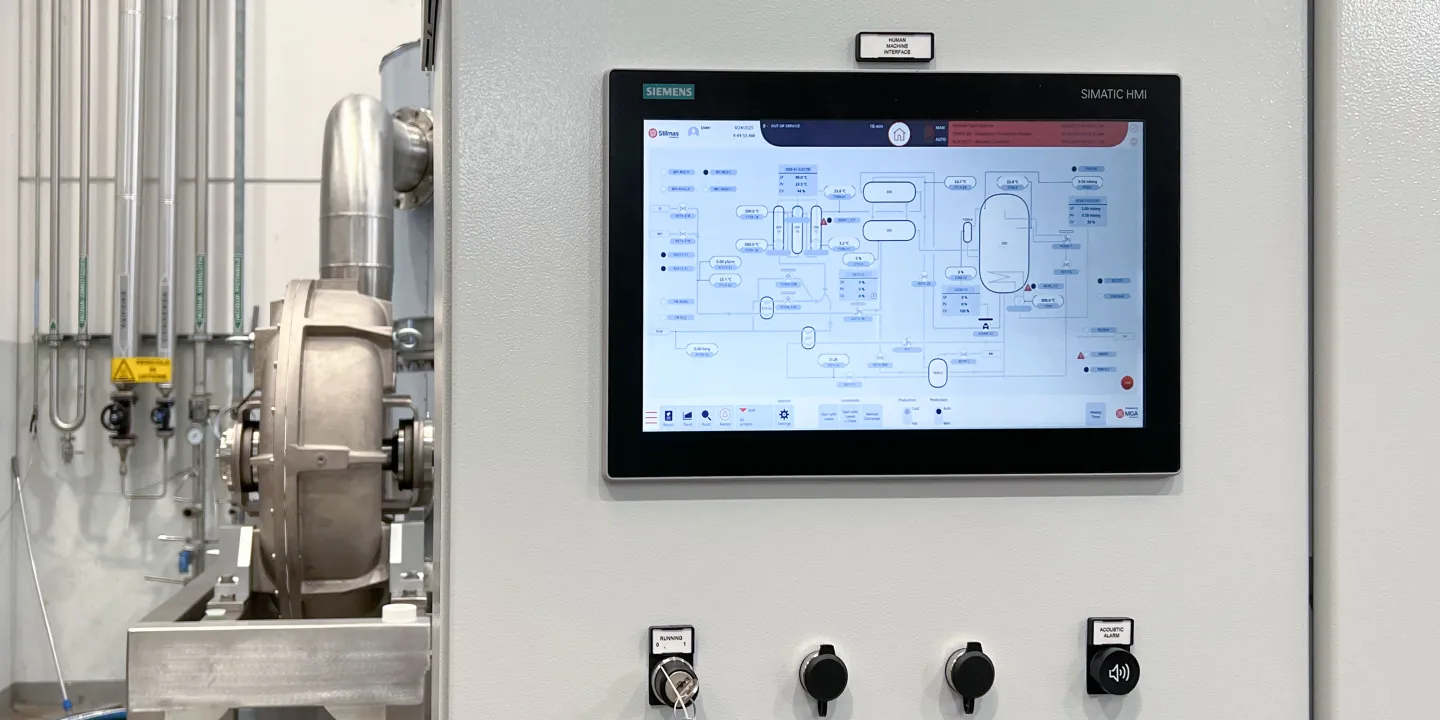What is Automation
The evolution of Industrial Automation
Industrial Automation in Pharmaceutical Manufacturing: Technologies, Architectures, and Modern Challenges
"Automation is the use of machines, control systems, and information technologies to operate equipment, processes, or production systems with minimal or reduced human intervention."
The term automation is relatively modern, first popularized in 1952 by John Diebold, in his book Automation: The Advent of the Automatic Factory.
Derived from “automatic” and the suffix “-ation,” the word reflects the human aspiration to create systems capable of functioning with minimal intervention.
Over the decades, its usage has grown steadily, becoming one of the defining concepts of modern industry.
But the journey of automation began long before the word itself entered in the common language: in the late 19th century, the first pneumatic controllers were already being used to regulate parameters such as liquid level, pressure, temperature, and flow. Later, in the early 20th century, hardwired relay logic became a standard method for controlling processes.
The next breakthrough came with the invention of integrated circuits (ICs), which worked as electronic switches and laid the foundation for modern control systems. Finally, the introduction of the microprocessor in the 1970s marked the beginning of what we now call modern automation, replacing rigid wired logic with programmable logic.



